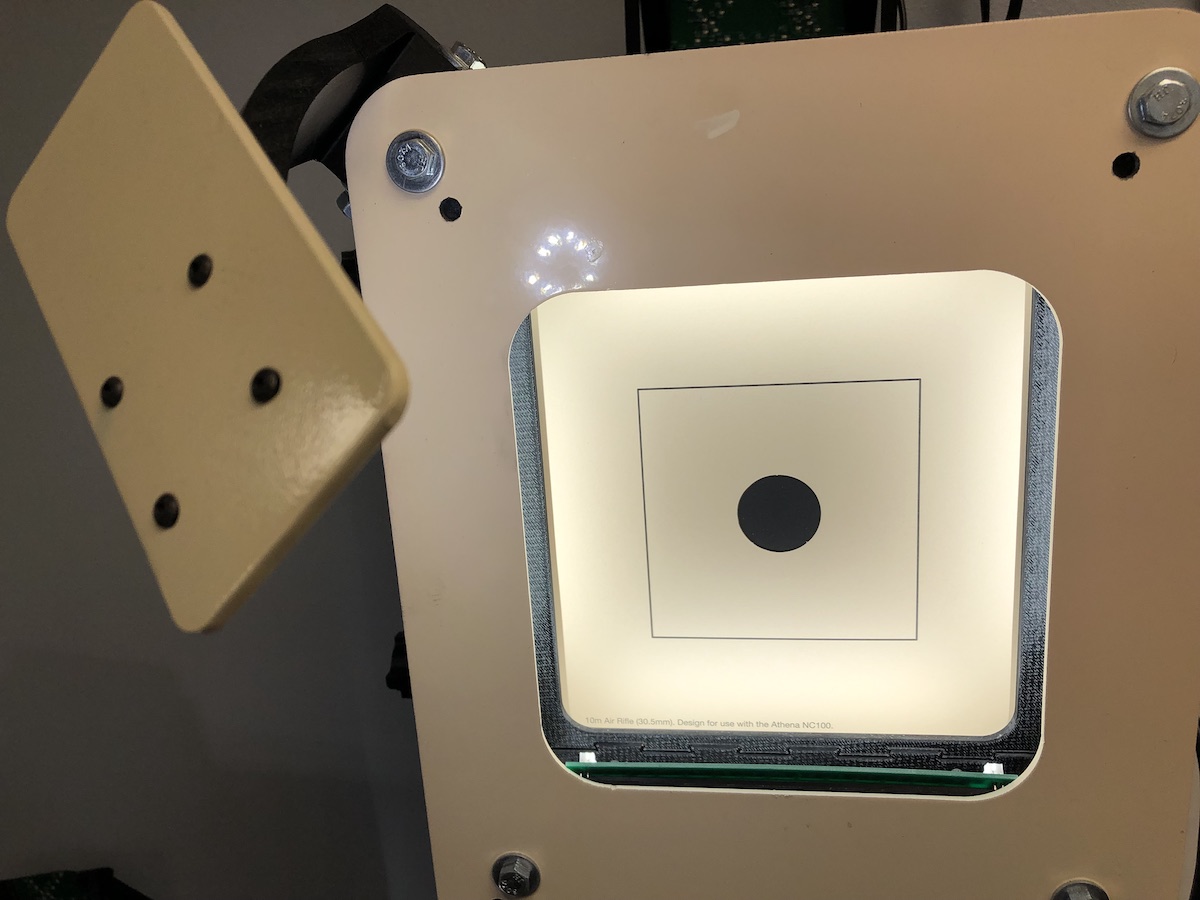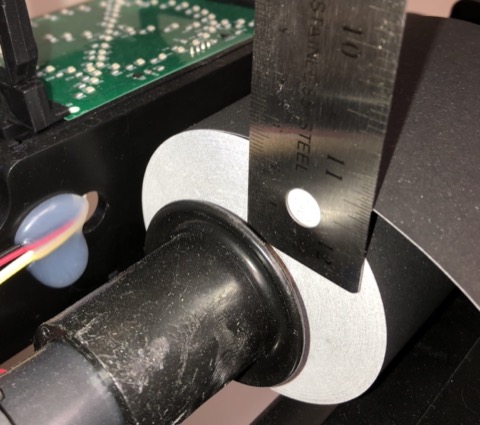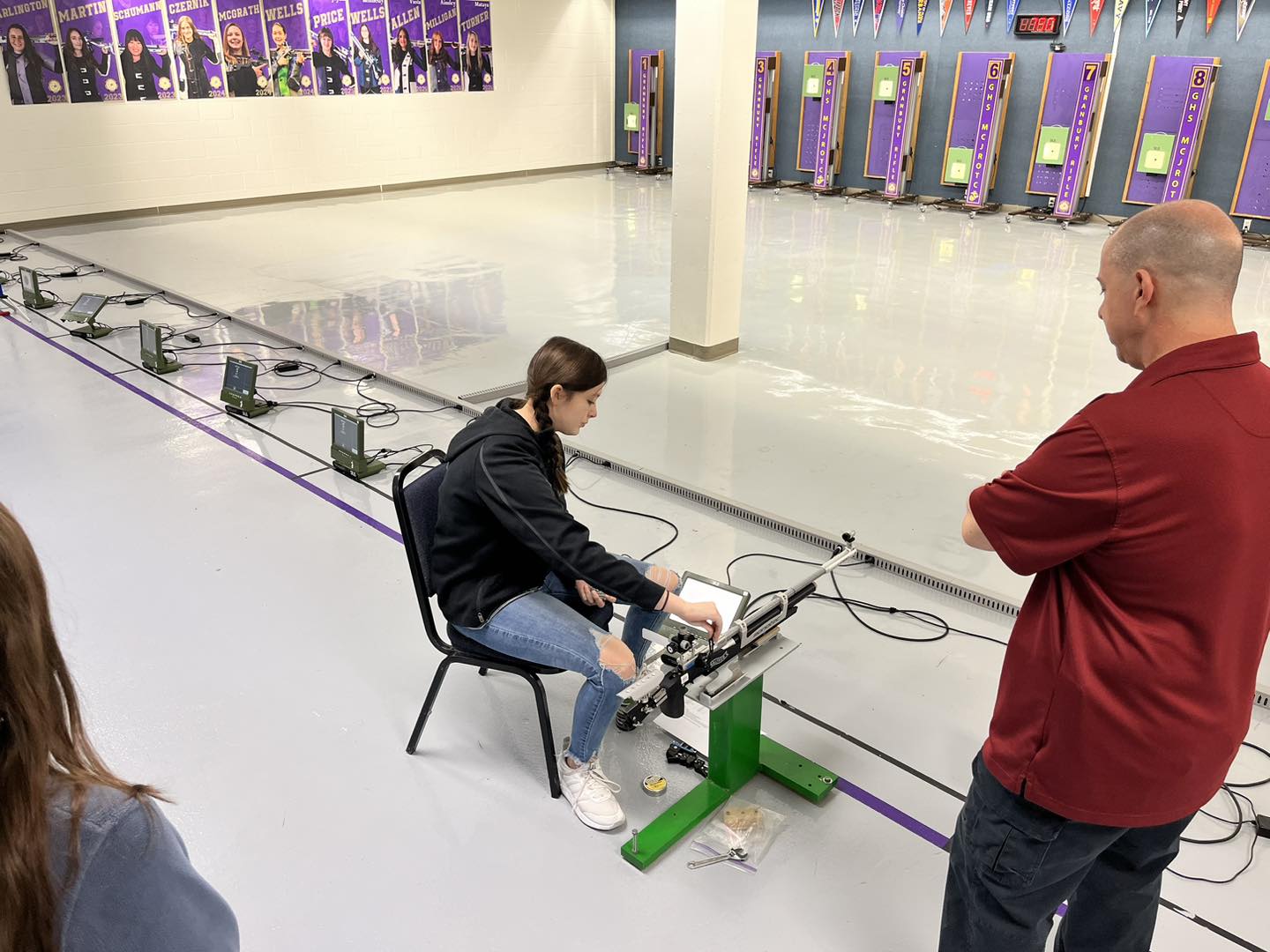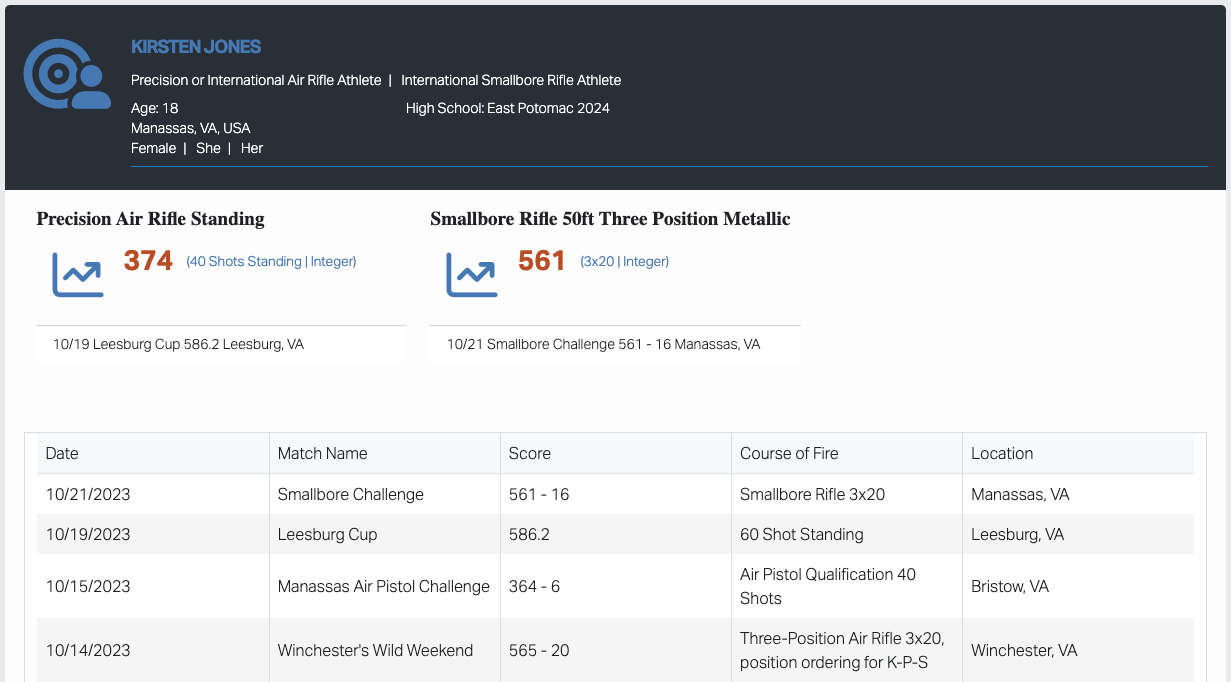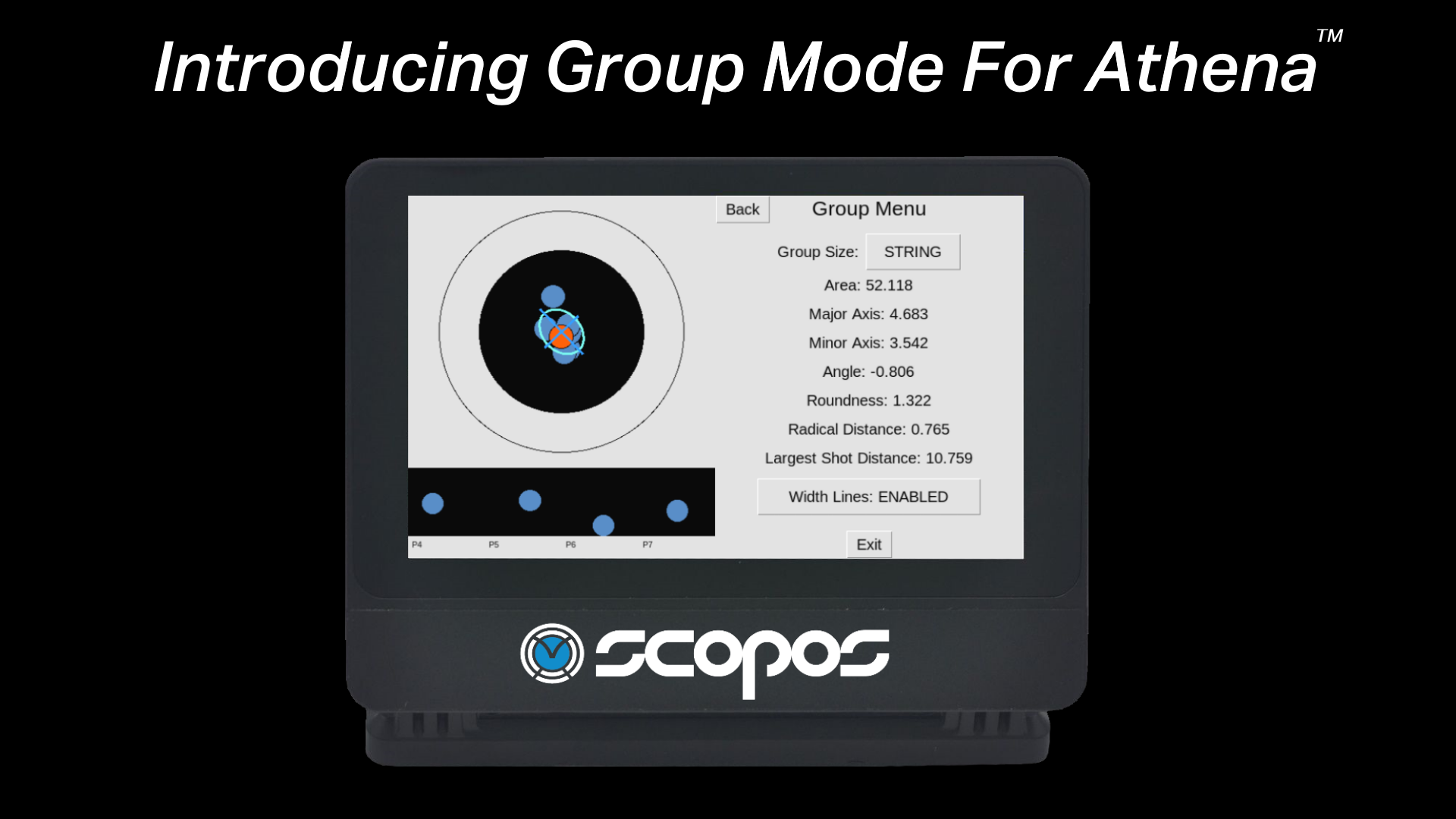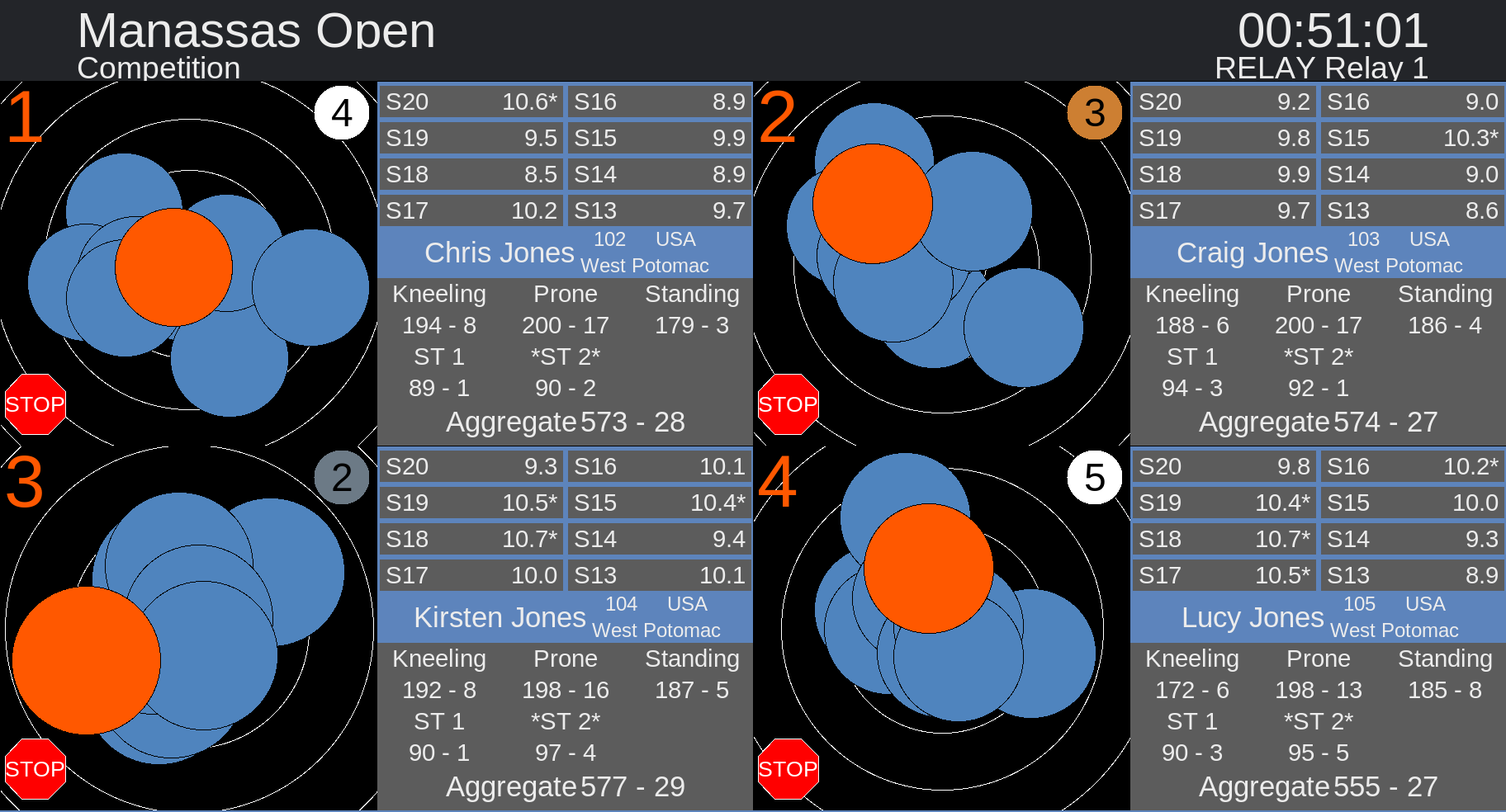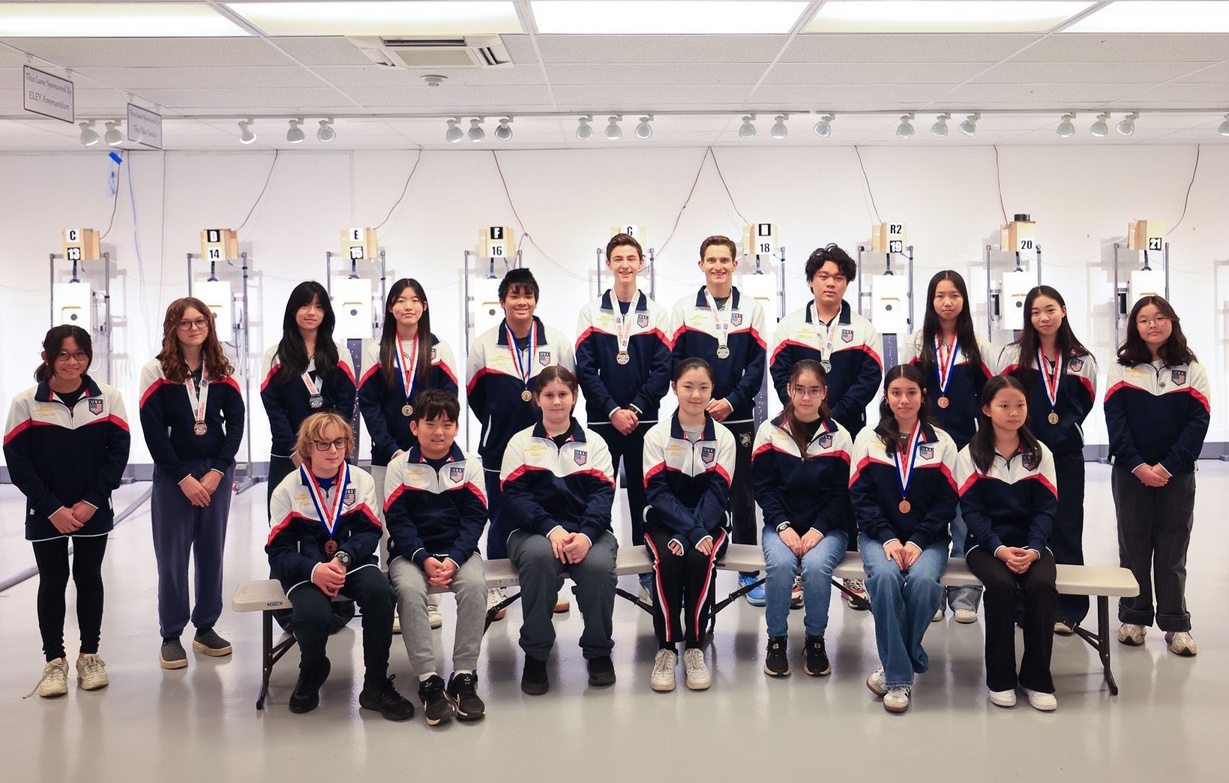We use cookies to make your experience better. To comply with the new e-Privacy directive, we need to ask for your consent to set the cookies. Learn more.

An Argument for Decimal Scoring: An EST Perspective
Abstract
This article seeks to describe the “EST Error Effect” and the consequence it has when scoring in integer versus decimal. The Electronic Scoring Target (EST) Error Effect means that every shot scored by an EST has some small error that comes with it and that these small errors will have an effect on the overall competition results.
We can then say that an athlete’s score is based on three parts.
Athlete’s score = Athlete’s performance + scoring error + gun and ammo error.
Ideally, an athlete’s score should only be based on their performance. However, in reality, an athlete’s score is also affected by scoring errors and gun and ammo errors (this article does not discuss the effect of gun and ammo errors). Because scoring errors do exist, the objective should be to minimize the error as much as possible. We will demonstrate that these errors have a larger effect on competitions scored in integer versus scored in decimal. And thus, competitions scored in decimal are a more fair way to measure and compare athlete performances.
This article only argues for use of decimal scoring from an analysis of Electronic Scoring Target errors. Other arguments, for and against decimal scoring, are purposefully omitted.
The Myth of a “Perfect Target”.
To begin, we must accept the uncomfortable fact that there is no such thing as a “perfect target.” All scoring systems, regardless of whether they are electronic or manual, have intrinsic built-in errors that are impossible or impractical to overcome. Depending on the design, ESTs can suffer errors caused by temperature, dust, faulty electronics, and even the laws of physics.
To be fair, ESTs are incredibly accurate, have contributed to the advancement of the shooting sports, and in general can be trusted. However, this does not erase the fact that a shooter’s score will always have a small amount of variance caused by errors intrinsic to ESTs.
For the remainder of this article, a “perfect target” refers to a hypothetical (and magical) perfect target that scores every shot with absolute precision. A “real target” refers to a real-life target that while accurate, still has some small amount of scoring error.
EST Error Effect
EST systems approved for ISSF competition are tested to ensure that they are accurate to within one-half of one decimal ring. On the air rifle target this means there should be a maximum scoring error of +/- 0.125mm. Due to these intrinsic scoring errors some 9.9s scored on a perfect target will instead be scored as 10.0s. Conversely, some 10.0s on a perfect target will instead be scored as 9.9s.
Saying a shooter shot a 594, on a real target, is thus not a wholly complete statement. It would be more accurate, for example, to say a shooter shot 594 +/- 2 points. The “+/- 2 points” is a measure of the variance in scores due to the EST Error Effect.
Assigning a precise variance to a score is difficult to do. It depends on the number of shots an athlete had near the edge between a 9 and 10, and the precise accuracy of the EST system. Nevertheless, a variance always exists.
EST errors become problematic when so many shooters finish their qualification rounds with nearly the same score. Let’s compare two shooters who both scored 596 (on a real target). If a perfect target were used instead of a real target, would they both still have 596s? Maybe, but there is no guarantee. In fact, there is about a 50% chance one, if not both, scores would change.
The EST scoring error effect becomes even more problematic when considering which shooters qualify for finals. In the 2022 NCAA Air Rifle Championship, the cut score to make the final was 596. 18 athletes had scores between 597 and 595. Of these 18, chances are very good that at least 5 of these scores would have been different, by 1 point or more, if they had shot instead on a perfect target. Raising the concern, did the 8 athletes with the best performance during qualification make the final?
Minimizing the EST Error Effect
Since it is impossible to create a perfect target, it is impossible to eliminate the EST error effect completely. One strategy to minimize the EST Error Effect is to use decimal scoring.
With decimal scoring, shooters will still have 10.0s that are scored as 9.9s. However, an error of 0.1 points is much easier to tolerate than an error of 1 point.
Importantly though, other .1 errors will be made elsewhere in the course of fire. For example some 10.4s will get scored as 10.5s, and perhaps some 10.2s will get scored as 10.1s. While these .1 errors would not affect integer scoring they would affect aggregate decimal scores.
The reason the accumulative effect of all of these .1 errors is better with decimal scoring, is because they tend to cancel themselves out over the entire course of fire. A shot scored with an error of +.1, is likely to get canceled out by some other shot scored with an error of -.1.
Flipping the Coin Analogy
The EST error effect can be simulated using a simple coin.
With whole number scoring, flip a coin 4 times. Each coin flip represents a shot in the 9.95 to 10.05 range. Each “head” gives the shooter 1.0 additional points. Each “tail” takes 1.0 points away. Depending which way the coin lands a 595 can quickly become a 597 or a 593. There are not enough coin flips to reasonably ensure that there are an equal number of heads and tails.
With decimal scoring, the effect is the same as flipping a coin 30 times. Each coin flip now represents decimal scoring error. Each head gives the shooter 0.1 additional points. Each tail takes 0.1 points away. In all likelihood there will be nearly an equal number of heads and tails. The difference between the total number of heads and tails will be small.
This “flipping the coin analogy” is actually too simple to represent real targets. It is included to demonstrate that although integer scoring has fewer total number of shots with an error, the total scoring error is greater with integer scoring versus decimal scoring. Which leads us to the question, “what type of error could we expect in a real EST system?”
Modeling Measured EST Error
Let us consider a real EST system that has a nominal 15% chance of incorrectly scoring any single shot’s decimal value by .1 points, compared to a hypothetical perfect target. This system would exceed the accuracy standards set by the ISSF. We will also consider a 60 shot course of fire to measure total error.
With integer scoring, say an athlete had one shot that was scored a 9.9, and one shot that was a 10.0. In this model, there is only a 72% chance the athlete's score matches that of a perfect target. There is a 28% chance the score is off by 1 point.
If the athlete had two shots that scored a 9.9, and two shots that scored a 10.0, the chance and magnitude of error gets worse. There is a 52% chance the score matches that of a perfect target. A 37% chance the score is off by 1 point. And a 10% chance the score is off by 2 points.
In decimal scoring every shot scored potentially could have an error. Half might go up .1 points, half might go down .1 points. As an aggregate there is only a 15% chance the score matches that of a perfect target. However, there is a 64% chance the total error is .2 points or less, 95% chance the total error is .5 points or less, and almost guaranteed to be 1.0 points or less.
Conclusion
Integer scoring was adopted over 150 years ago when technology was not sufficiently advanced to differentiate beyond large whole number scoring rings. For most of these 150 years this was OK because there were far fewer athletes grouped so tightly together near the top; small errors in scoring didn’t matter with so few athletes. Integer scoring was all that was needed to determine the best athletic performance.
Today, there are far more athletes who are achieving high levels of performance. Integer scoring, combined with the known error of EST systems, is causing far too many errors to accurately rank athletic performance, especially when trying to name the top eight athletes who should advance to a final.
Considering a perfect scoring system will never exist, by switching to decimal scoring, athletic ranking is more likely to be correct. Overall scoring errors will be minimized and the best shooters will be far more likely to advance to finals and win medals based on their skills and not on luck.



